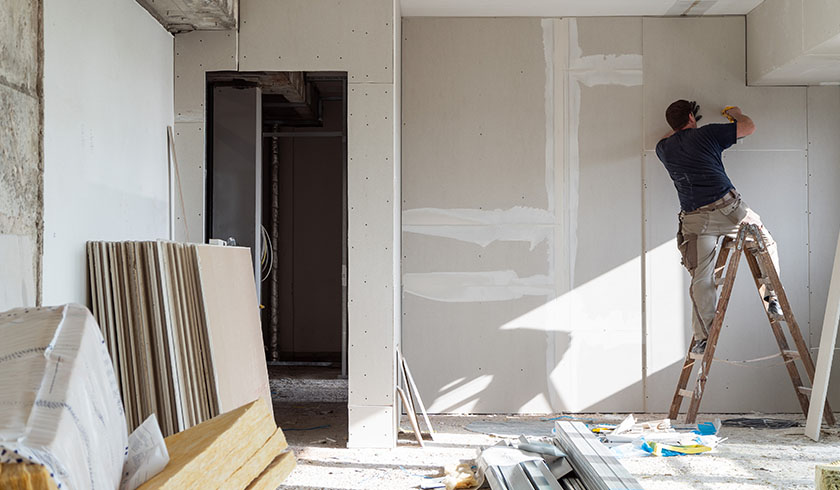Is the renovation revolution luring Aussies into overcapitalising?
Undertaking property upgrades have long been a favourite Australian pastime, and renovation fever has only been intensifying since 2020, when long weeks in lockdown coupled with government stimulus and low-interest rates made tackling renovations or a fixer-upper an appealing prospect for many.

In their recent Month in Review report for August 2021, Herron Todd White took a close look at the renovation revolution, examining the property types and locations where activity is most lively and what kinds of projects are delivering the best results.
Belinda Botzolis, senior property advisor at Herron Todd White said there are several factors fuelling the ramp-up in construction activity, including the way so much time spent at home has brought the drawbacks of our dwellings into focus.
With her day-to-day regularly involving tracking and reporting on construction costs, she has warned that overcapitalisation is the biggest potential pitfall for investors, house flippers and owner-occupiers alike who have decided to embark on upgrades.
Inground pools are a great example of an upgrade where people are likely to spend more than it adds in value. It’s easy to shell out $50,000-plus dollars for a pool that might only add $30,000 in value, Ms Botzolis said.
Her key recommendation for buyers and existing owners looking to make property upgrades: keep the endgame in mind. Renovators need to approach their projects like a valuer to avoid overcapitalisation, she said.
“As valuers, we’ve been trained to just step back and really look at a property for what it’s worth, not the romanticised idea of a renovation and what those works might add in value based on their cost.”
Upgraders are advised to do the same, being judicious with where they spend their funds, according to Ms Botzolis.
“Just because you need an extra $50,000 to finish the job, doesn’t mean the valuation will go up from $2 million to $2.2 million to justify the increase in funds. It simply means you didn’t budget properly.”
Another thing to keep in mind, Ms Botzolis added, is that in many cases, the value-add of a renovation might be dependent on the local area.
Her experience has taught her that renovators have more scope for improvements in affluent areas, where buyers expect to see a little something extra from homes that hit the market. In basic suburban areas, though, “you probably don’t have the same room to push the envelope,” Ms Botzolis opined.
“In some areas, you can spend $500,000 and gain $1 million in added value. In others, you’ll spend $50,000 and be lucky to add $30,000 in value. So, understanding your location is essential as well as what your property will be worth at the end of the project.”
If expanding your space is on the cards, Ms Botzolis says running the numbers is particularly important in analysing the value-add.
“If you’re thinking of extending, maybe going up a level, I would really consider chatting with a builder before you pay for a designer,” she said.
“If the area you’re renovating adds an extra hundred square meters, work out your rate per square meter for the renovation. Then work out what a builder would cost you to do a complete knockdown and rebuild.”
The figures might help put the cost of renovating in perspective.
“You’ll probably find the rate per square metre for a renovation is much higher than building new and that may change your thinking and a complete knockdown rebuild is not much more than the renovation.”

